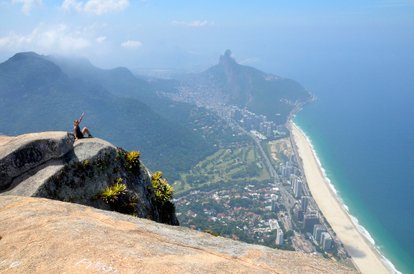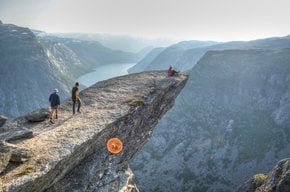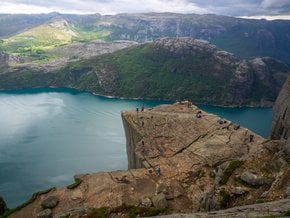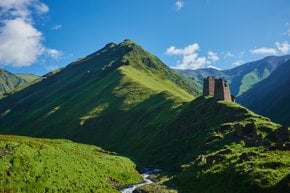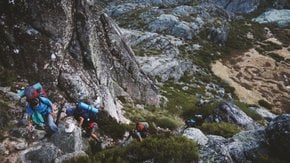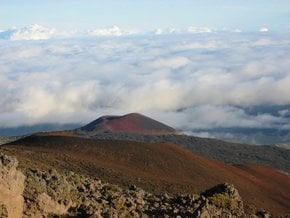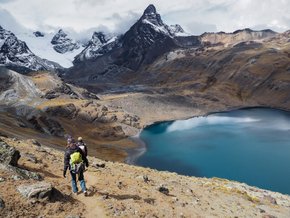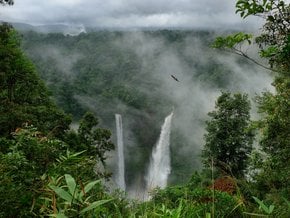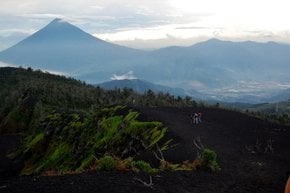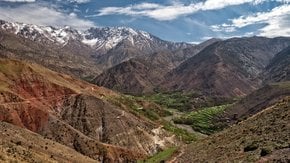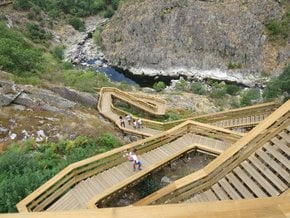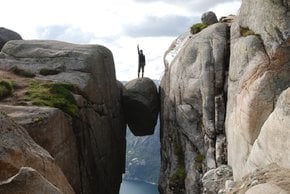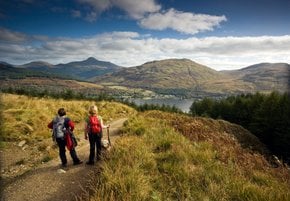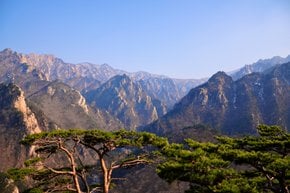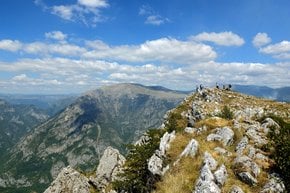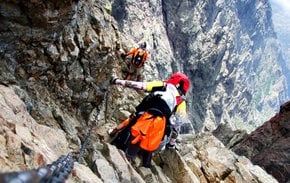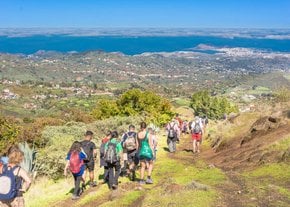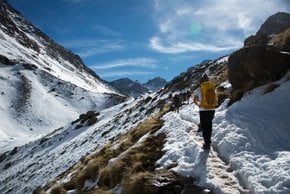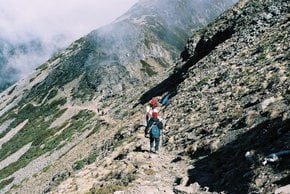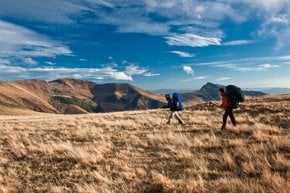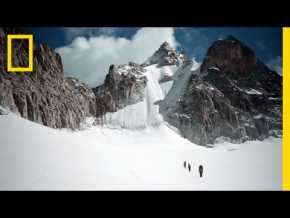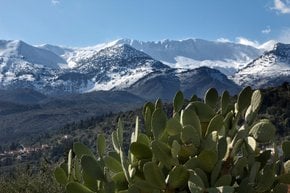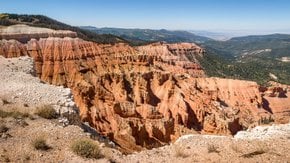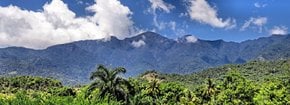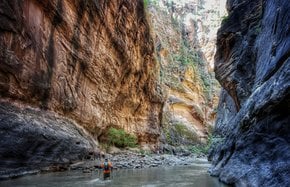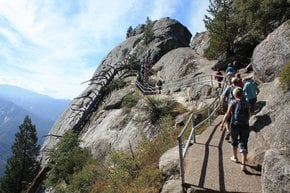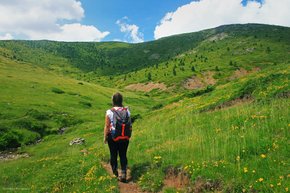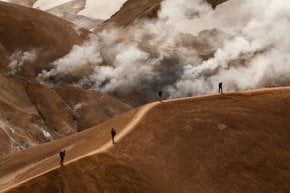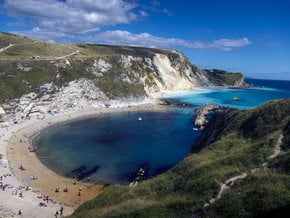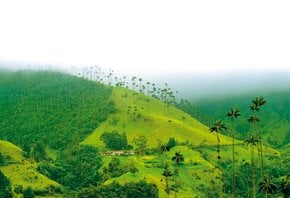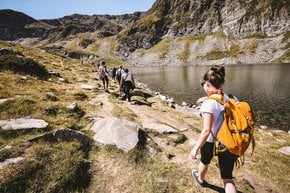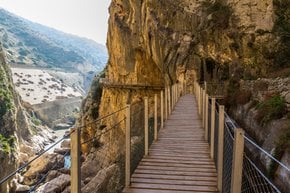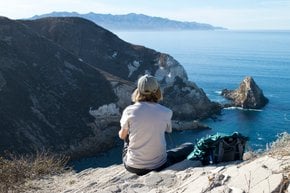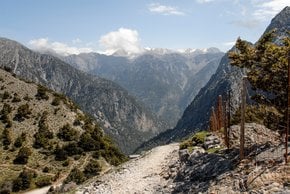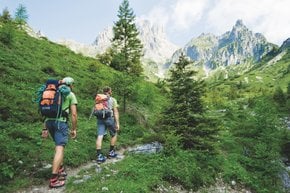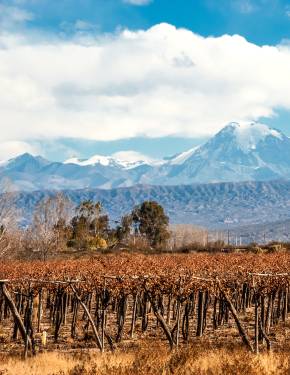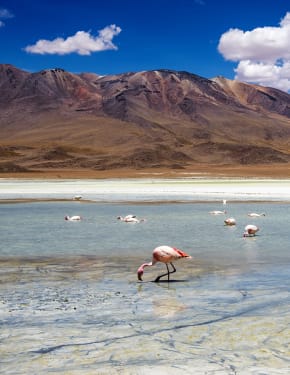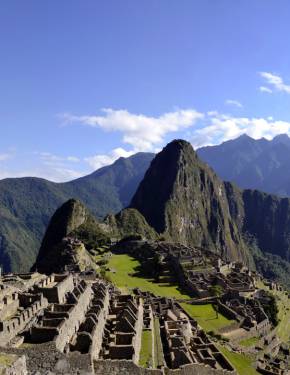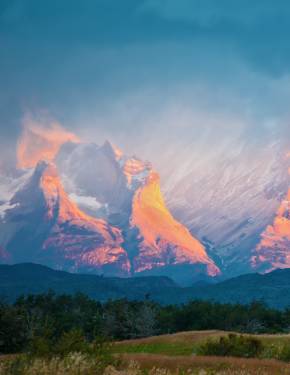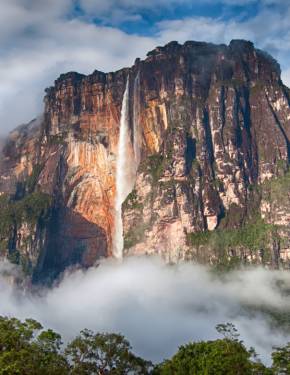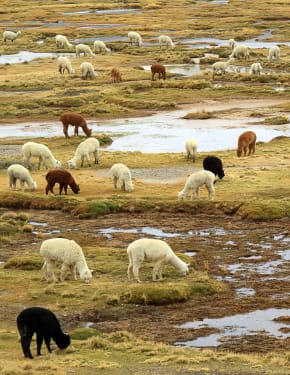Hiking in Rio de Janeiro 2026
Rio with its hills and urban forests is a hiking paradise
Best time: June–September
Rio de Janeiro, with its numerous little paths in Tijuca forest—an Atlantic rainforest just in the middle of the city—or in the Botanical Garden with great views of the city and an opportunity to observe exotic plants and animals, is a hiker's paradise. Among all the beautiful and exciting places you can hike to in Rio, there are some very special ones. Firstly is Pedra Bonita. It isn't exactly the easiest one, but it's totally worth the effort because when you reach the peak, you'll feel like you're on the top of the whole city. The peak is quite flat and ideal for a picnic with the view of the Rocinha favela and the landscape of the entire city. Secondly, there's Morro do Leme, a not so popular destination; that's why it's usually quiet and peaceful. This trail is probably the easiest one in Rio and one of the safest. You can hike to it from almost anywhere in Zona Sul. On the top of the hill, you'll find an old fort that is now a military museum, which is worth seeing as well. Thirdly, there is Morro da Urca, the hill next to Pão de Açúcar (the Sugarloaf Mountain), one of the main attractions of Rio. Instead of just taking the cable car from the bottom of the mountain, hike up the Morro da Urca and take the second cable car. Don't forget your hiking shoes, because the trail is paved and can be a bit slippery. Brazilian winter (June–September) is perfect for hiking because it's less rainy, so you probably won't get soaking wet during your hike and will get to see more because of less fog.

